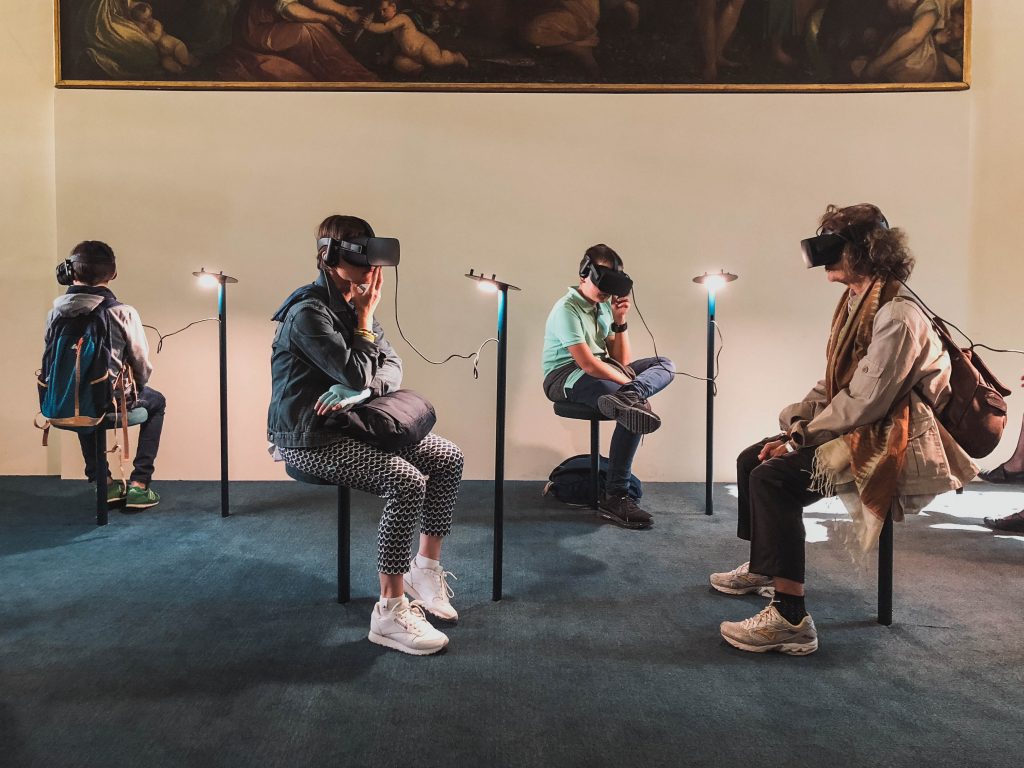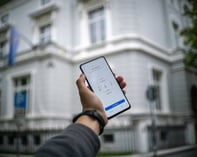Published on
The Virtual Tools With Real-World Implications

“What [an individual] has learned in the way of knowledge and skill in one situation becomes an instrument of understanding and dealing effectively with the situations which follow. The process goes on as long as life and learning continue.”
-John Dewey, Experience and Education, 1938
“One way of looking at this might be that, for 42 years, I’ve been making small regular deposits in this bank of experience, education, and training. And on January 15, the balance was sufficient so that I could make a very large withdrawal.”
-Captain Chesley “Sully” Sullenberger, the “Miracle on the Hudson” pilot who famously landed an Airbus A320 on the Hudson River, saving all 155 people on board, in an interview, 2009
Captain Sullenberger was probably not aware that he was basically channeling John Dewey nearly three-quarters of a century later. He was commenting on the fact that airline pilots perform training simulations throughout their careers, learning how to fly different aircraft in poor weather conditions and—importantly for Captain Sullenberger—in unusual situations. Flight training was one of the first jobs to make widespread use of simulation. It is still a critical part of professional pilot training because of the complexity, danger and expense of aircraft and how rapidly aircraft technology changes.
In June 2022, a team of surgeons performed surgery to separate conjoined twins whose skulls were fused. To prepare for this extremely unusual surgery, 3D scans had been created of the twins’ skulls and brains. The surgery team was then able to rehearse this surgery in virtual reality. As of writing, both twins are alive and well.
Both of these are (fortunately!) unusual cases. But because they are so unusual, neither is the sort of thing that is possible to practice even once in the physical world. Captain Sullenberger had no doubt practiced simulated water landings many times. The surgery team no doubt rehearsed this surgery many times. In both cases, the end result was success.
The traditional method of teaching in surgical residency programs is often stated as: See One, Do One, Teach One. This is a restatement of the concept of scaffolding: As a student is learning a skill, the instructor changes the amount of support they provide, ramping it down as the student gains ability and confidence. But it’s not hard to see why even advocates of the See One, Do One, Teach One model acknowledge that there are significant patient safety concerns with this method. Scaffolding takes time; no student gains a skill by just watching someone else do a thing once.
How much more could a medical student learn if, instead of just seeing one, they could see many? Instead of just doing one, they could do as many as they wanted until they get it right. As the conjoined twins example shows, this experience is possible in virtual reality.
Experiential learning is one of the oldest and most highly validated educational models. John Dewey articulated it in his classic work Experience and Education the better part of a century ago. Except for the slightly old-fashioned language, the quote above could have been written last week.
Why does Dewey’s writing sound so fresh? Because decades of subsequent research have shown that he was mostly right. Knowledge for its own sake certainly has its place. But what Dewey understood, and we now know empirically, is that people learn best when this learning comes from concrete experience. Many have expanded on this model since, and empirical research has shown how effective it is. Much of modern education theory is based on this model.
But all of it relies on the student being able to get concrete experience. Surgery makes a great case for VR because it’s difficult for students to get hands-on experience, the stakes are high and there’s an obvious benefit to being able to practice. As a result, there are several commercially available VR anatomy and surgery simulations (Organon, HoloAnatomy, Sharecare VR and others).
But in some cases, it’s not just difficult but impossible to get hands-on experience. Sometimes the object of that experience is inaccessible: Like a commercial airliner it may be expensive, or like surgery for conjoined twins it may be rare. It may be dangerous, or remote or there may be any number of other hurdles in the way of students getting hands-on experience.
There are several commercially available VR chemistry lab experiences (VRLab Academy, EON XR), which simulate spaces at human scale. But then there are VR experiences that allow the user to do things that literally cannot be done in the physical world: manipulating molecules (ProteinVR, InteraChem) or subatomic particles (Electrostatic Playground). How much greater an understanding of chemistry could you gain by using virtual atoms as building blocks of physics by tuning a radio by feeling radio waves?
STEM disciplines make for easy examples of the educational potential of VR because it’s easy to imagine use cases where hands-on experience is valuable. But the arts and humanities can benefit from VR just as much, if not more. Indeed, some of the earliest VR work was in the digital humanities: the Digital Roman Forum and Rome Reborn projects re-created locations in ancient Rome as accurately as possible from historical records, making it possible to take a virtual field trip to places long lying in ruin. It is increasingly common for researchers to 3D scan archaeological sites throughout the dig, making it possible for students to experience the entire dig as a learning experience, rather than just one semester of field work. The Notre Dame cathedral was 3D scanned in 2015; it is now possible to take a virtual field trip to Notre Dame, but these scans have also been invaluable to architects working on the restoration of the cathedral since it burned in 2019.
Full disclosure: Your humble author and a team of AAA game developers with long experience in designing VR experiences have founded a small startup to develop educational VR experiences. We were recently awarded a Small Business Innovation Research award from the National Science Foundation to do just that. One of the projects we’re currently working on is developing virtual field trips for museums, creating historically accurate spaces to contextualize 3D scans of objects in museum collections.
Many technology companies seek to disrupt education, which is notoriously difficult to do, as we hardly need to tell the readers of this publication. Ironically, the power of VR for education is that it has the potential to not be disruptive. VR has the potential to make experiential learning possible where it previously was not, in disciplines and for materials that previously could only be learned in theory or in the abstract. The power of VR for education is that it enables teaching in ways that we know—from decades of research and centuries of practice—works.
Author Perspective: Administrator



